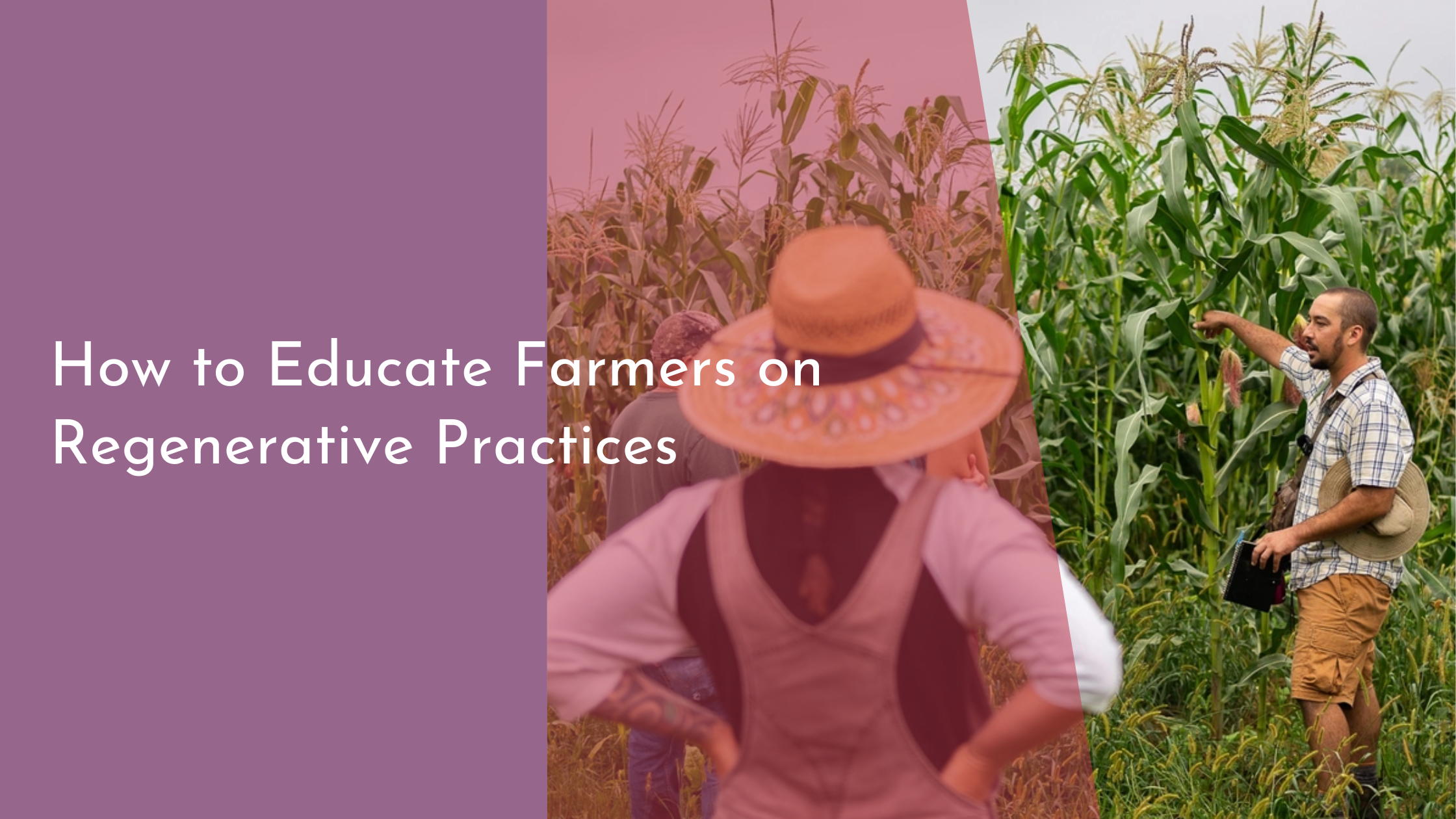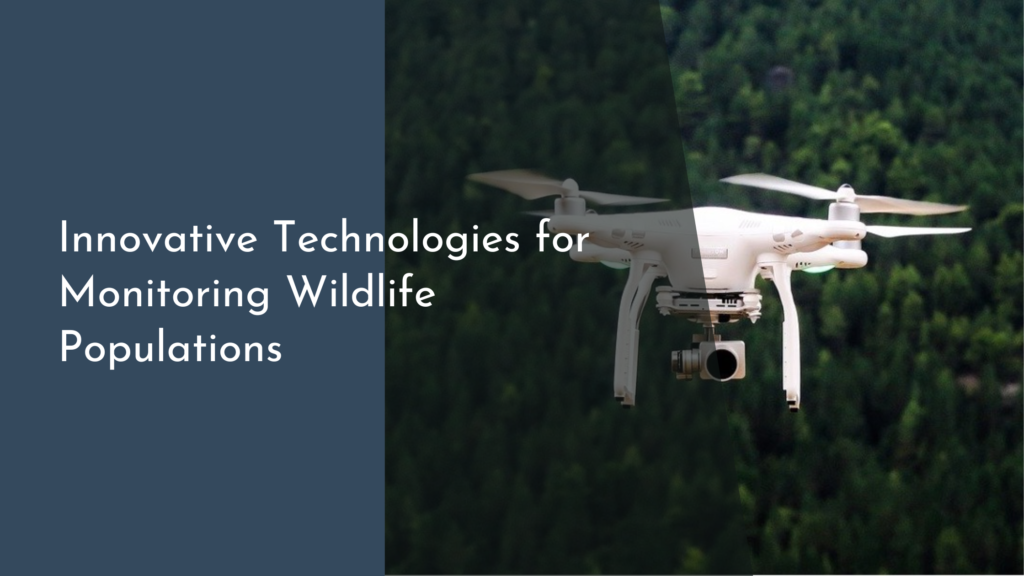How to Educate Farmers on Regenerative Practices
Regenerative agriculture is gaining traction as a sustainable way to address the environmental impacts of traditional farming methods. This innovative approach not only improves soil health but also enhances biodiversity and increases resilience to climate change. However, one of the biggest challenges is educating farmers on the benefits and methods of regenerative practices. This article explores effective strategies and methods to help farmers transition towards more sustainable and regenerative farming techniques, ensuring a brighter future for both agriculture and the planet.
Understanding Regenerative Agriculture Basics
Regenerative agriculture is a holistic approach to farming that focuses on restoring and maintaining the health of the soil and the surrounding ecosystem. It involves practices such as crop rotation, cover cropping, and reduced tillage, which work together to enhance soil fertility, promote biodiversity, and reduce carbon emissions. To effectively educate farmers on these practices, it is crucial first to provide a clear understanding of the underlying principles and how they differ from conventional farming methods. By focusing on the tangible benefits, such as increased yield and reduced input costs, farmers can better appreciate the long-term advantages of switching to regenerative methods.
Farmers are more likely to embrace regenerative practices when they understand their positive impact on the environment and their potential to improve farm profitability. Therefore, educational materials should draw a direct line between regenerative techniques and improved soil health, water retention, and crop resilience. Simplifying complex scientific concepts into relatable, practical information is key to reaching a wider audience of farmers. Success stories and case studies from other farmers who have successfully transitioned can also serve as powerful tools for illustrating the potential benefits of these practices.
Effective Communication Strategies for Farmers
Effective communication is essential when it comes to educating farmers about regenerative practices. Farmers are practical, results-oriented individuals, so educational efforts should focus on concrete examples and relatable success stories. One effective strategy is utilizing visual aids, such as charts and diagrams, which can help break down complex information into digestible formats. Additionally, leveraging multimedia resources like videos and podcasts can cater to different learning styles and make information more accessible. Demonstrating how regenerative agriculture can solve specific problems farmers face, such as soil degradation or pest issues, can also make these practices more appealing.
Another important aspect of communication is fostering a two-way dialogue. Understanding farmers’ concerns and hesitations about transitioning to regenerative practices allows educators to address these issues directly and tailor their messaging for maximum impact. Engaging with farmers through workshops, social media, and community events creates opportunities for open discussions and feedback, which can help refine educational approaches. By building trust and maintaining transparency, educators can establish a positive rapport with farmers, making them more receptive to new ideas and methods.
Incorporating Hands-On Training and Workshops
Hands-on training and workshops are an excellent way to bridge the gap between theoretical knowledge and practical application. These interactive sessions allow farmers to see regenerative practices in action, providing them with a deeper understanding of techniques such as composting, crop diversity, and soil testing. Workshops can be tailored to specific farming systems and climates, ensuring that the information is relevant and applicable to the participants’ unique circumstances. By actively engaging with the material, farmers are more likely to retain information and feel confident implementing new practices on their own farms.
In-field demonstrations and practical exercises are powerful tools for reinforcing learning. These activities offer farmers the chance to experiment with regenerative techniques under the guidance of experienced practitioners, fostering a supportive environment for learning and growth. Additionally, follow-up sessions or field days can be organized to address challenges and provide further guidance as farmers begin to implement changes. Encouraging peer-to-peer learning and collaboration during workshops can also lead to the formation of support networks, where farmers can share experiences, advice, and resources.
Building a Supportive Community Network
A strong community network is crucial for the successful adoption of regenerative practices. By connecting farmers with each other, as well as with agronomists, researchers, and extension services, they gain access to a wealth of knowledge and resources. Online platforms and forums can facilitate the exchange of ideas, experiences, and innovations, creating a vibrant community dedicated to sustainable agriculture. Local farmer groups and cooperatives can also play a significant role in providing support and organizing group purchasing of inputs, equipment, or services related to regenerative farming.
Community networks can also offer emotional support and encouragement, which are critical during the transition to new practices. Change can be daunting, and knowing that others are on the same journey can help alleviate concerns and foster resilience. Regular meetings, workshops, and social events can strengthen these connections and provide ongoing opportunities for learning and collaboration. By building a strong, interconnected community, farmers can collectively overcome challenges and celebrate successes, ensuring the continued growth and sustainability of regenerative agriculture.
Educating farmers on regenerative practices is a vital step towards creating a more sustainable and resilient agricultural system. By understanding the basics of regenerative agriculture, employing effective communication strategies, incorporating hands-on training, and building supportive community networks, we can empower farmers to make informed decisions about their farming practices. As more farmers embrace these methods, the positive impacts will ripple through the environment, economy, and society, paving the way for a healthier planet and a prosperous agricultural future.


